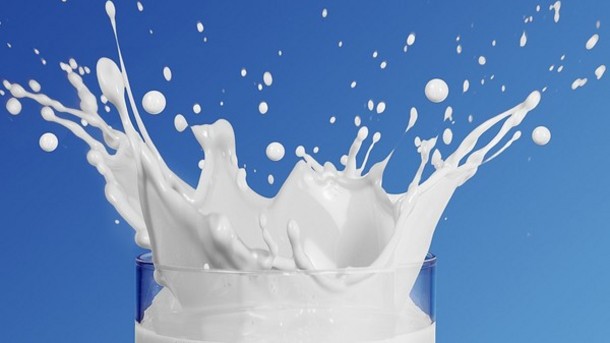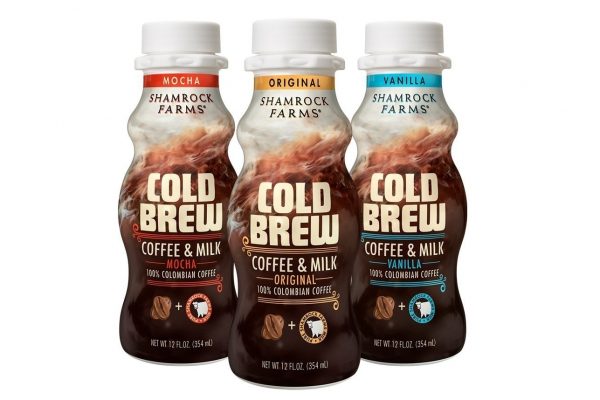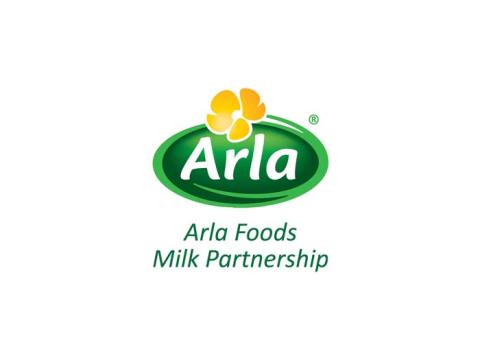Beverage News
UHT Milk Market Forecast Until 2022
 A-high temperature milk refers to the sterilized milk which has been subjected to thermal treatment. The Ultra-high temperature processing kills the spores and germs present in the milk but preserves the essential vitamins and nutrients. It is heated beyond the temperature of 135 degrees Celsius (275 degrees Fahrenheit) for 1 or 2 seconds which helps in increasing the shelf life of milk without adding any preservatives.
A-high temperature milk refers to the sterilized milk which has been subjected to thermal treatment. The Ultra-high temperature processing kills the spores and germs present in the milk but preserves the essential vitamins and nutrients. It is heated beyond the temperature of 135 degrees Celsius (275 degrees Fahrenheit) for 1 or 2 seconds which helps in increasing the shelf life of milk without adding any preservatives.
UHT milk is aseptically packed which makes it ready for consumption directly from the carton without any need of boiling. It can be stored at room temperature and thus have minimal requirement of refrigeration and cold chains. As a result of these factors, UHT milk market is witnessing strong growth in both developed and developing regions.
UHT milk has also penetrated the non-fridge households and the regions where milk availability is scarce. According the IMARC Group, the global UHT milk market has grown at a CAGR of 5.7% during 2009-2016, reaching volume of around 94.9 Billion Litres in 2016.
IMARC’s latest report “UHT Milk Market: Global Industry Trends, Share, Size, Growth, Opportunity and Forecast 2017-2022” provides a techno-commercial roadmap for setting up a UHT milk processing plant. The study, which has been done by one of the world’s leading research and advisory firms, covers all the requisite aspects of the UHT milk market.
This ranges from macro overview of the market to micro details of the industry performance, processing and manufacturing requirements, project cost, project funding, project economics, expected returns on investment, profit margins, etc.
Source: Reportlinker









